At the beginning of the year, Aston Martin reported record sales growth in 2017, helped predominantly by strong demand for the DB11. So, regardless of what you think about the venerable British marque’s technical tie-up with the boffins at AMG in Affalterbach, the strategy is working, which can only be a good thing.
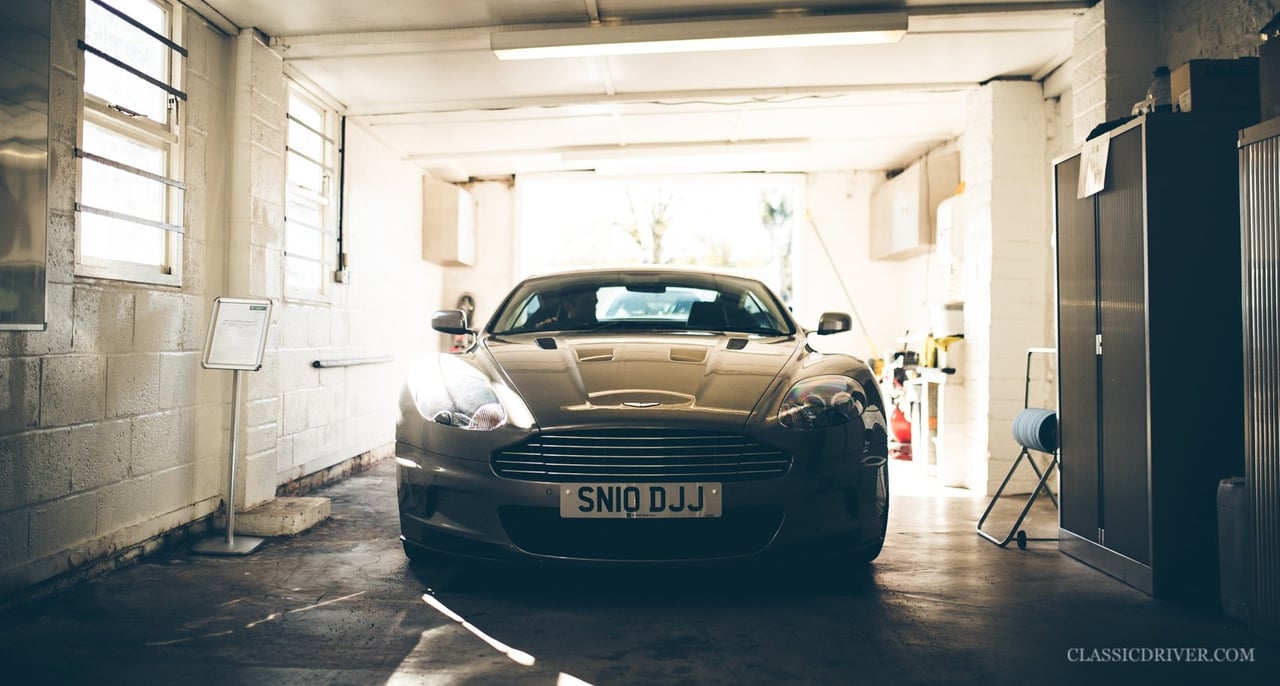
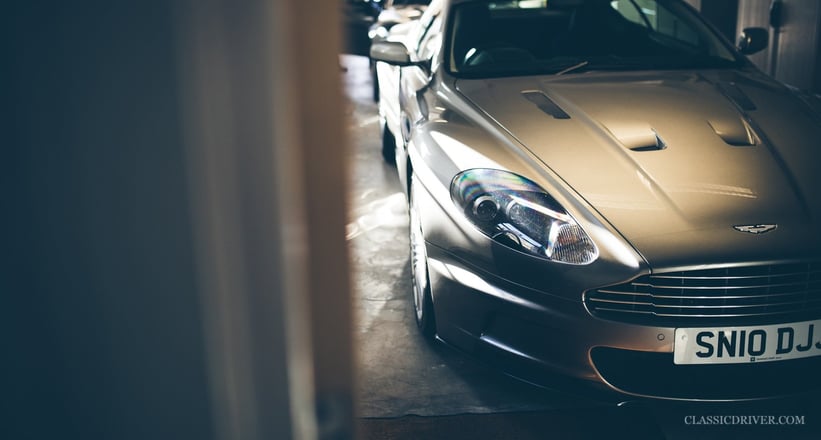
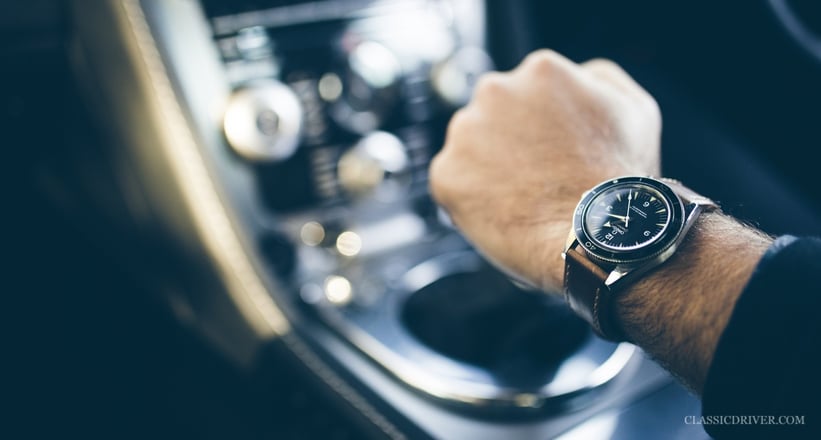
But if you’re anything like respected marque specialist Desmond Smail, who considers fitting an AMG engine to an Aston Martin akin to ‘putting a Messerschmitt engine in a Spitfire’, perhaps these two ‘new-era’ V12s — a 2007 Vanquish S and a 2010 DBS — are more to your tastes?
If you could list all the credentials that define a ‘proper’ Aston Martin, the Vanquish is surely the last car from the company that ticks every box. First and foremost, it’s a quintessential Grand Tourer, with a big and powerful engine up front and a muscular yet graceful aluminium body that personifies English understatement and elegance. It really is drop-dead gorgeous, particularly in this shade of ‘Ghillies Green’.
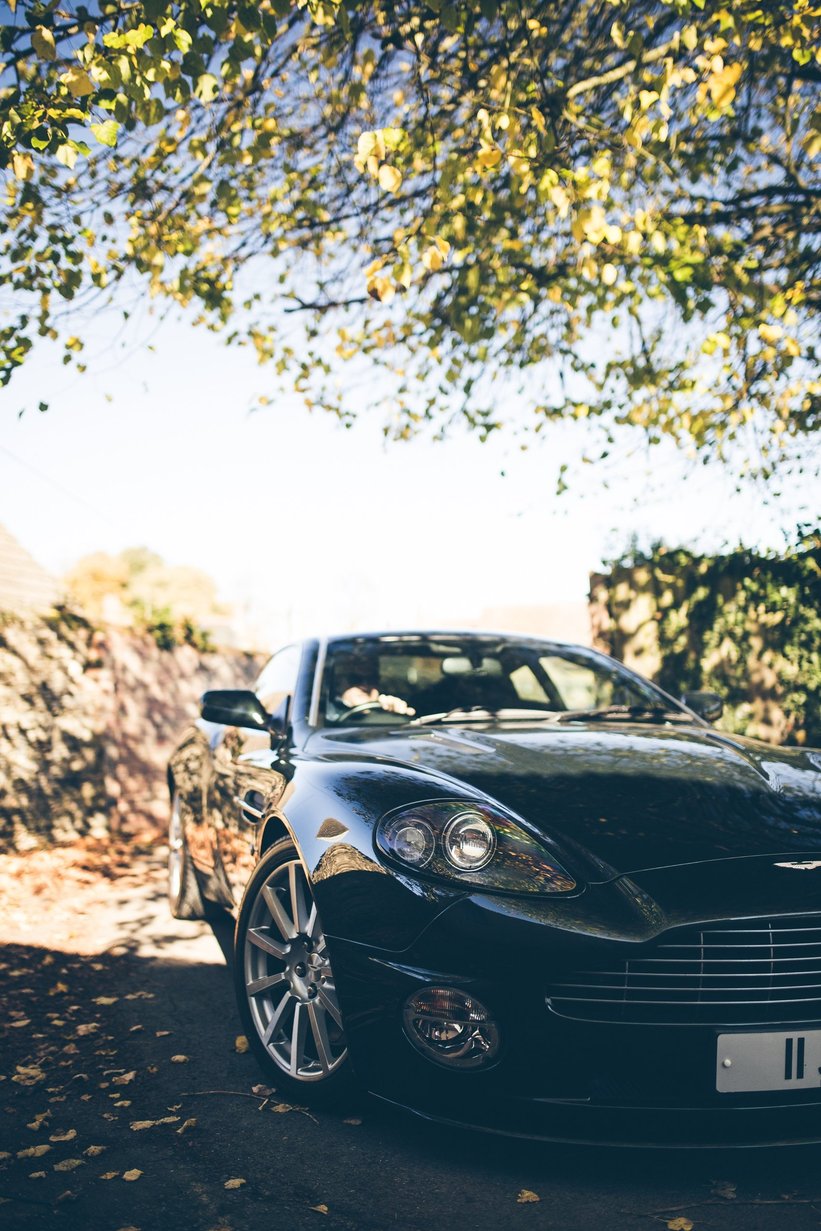
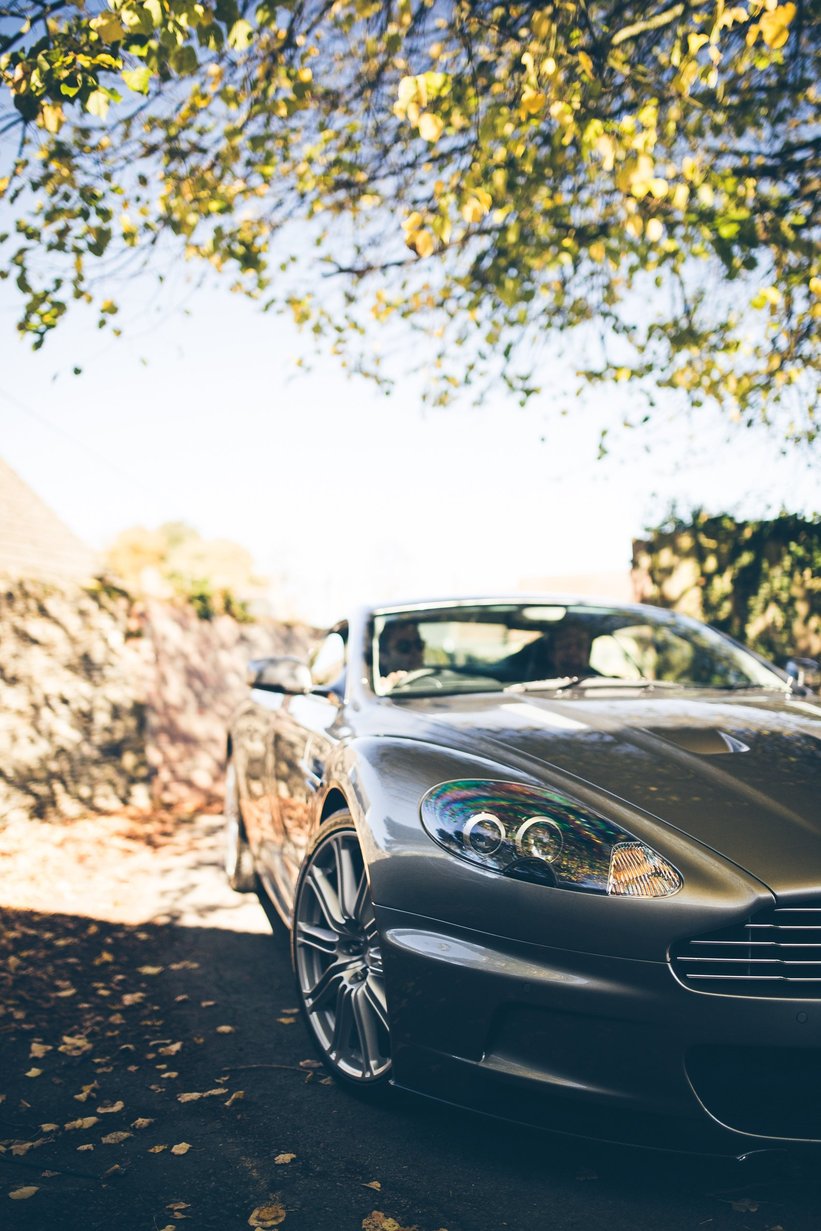
What’s more, it was the final car to be hand-built at Newport Pagnell, after over 50 years of manufacture at the famous British factory — itself the subject of so many tales that have filtered into Aston lore. It was an incredibly important car for the brand, marking the transition from the archaic V-car range to a triumphant return to form — a fully-fledged modern-era Aston Martin.
In spite of its popularity, production numbers are relatively low: 2,589 Vanquishes left the factory, of which 1,086 were the vastly improved ‘S’ version that was introduced in late 2004. In addition to a power hike from 460 to 520bhp, there were several aesthetic tweaks and a raft of under-the-surface modifications that ironed out some of the original car’s niggles and, more importantly, sustained the gap between the so-called ‘hero’ V12 and the critically acclaimed DB9.
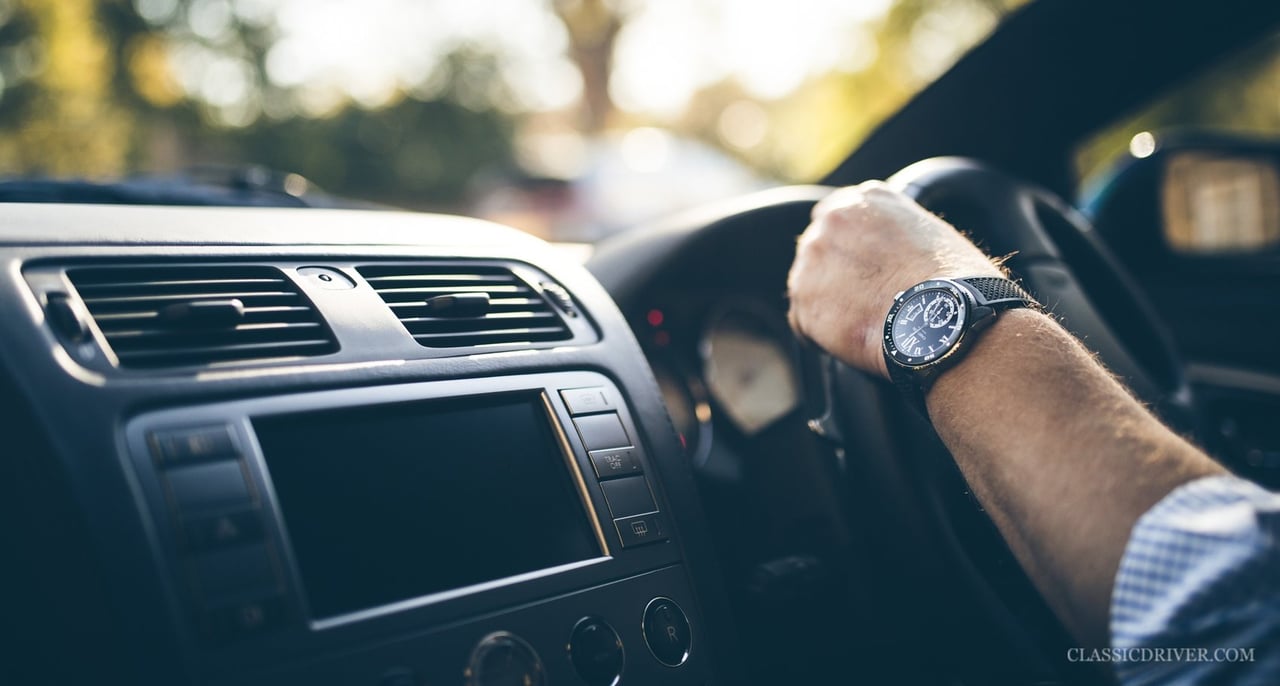
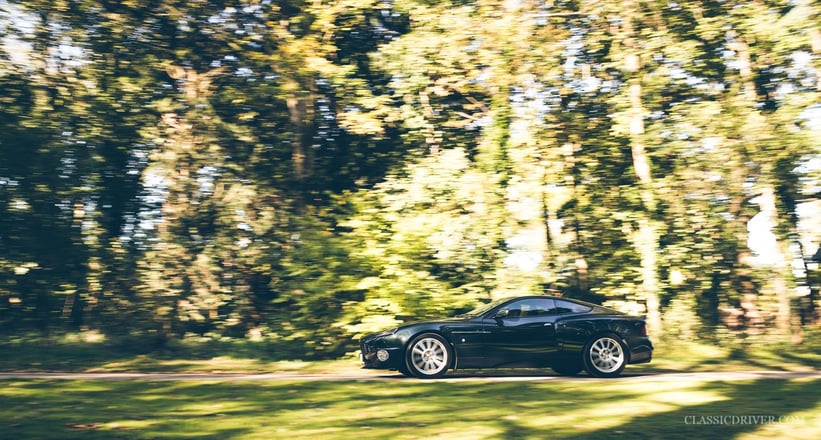
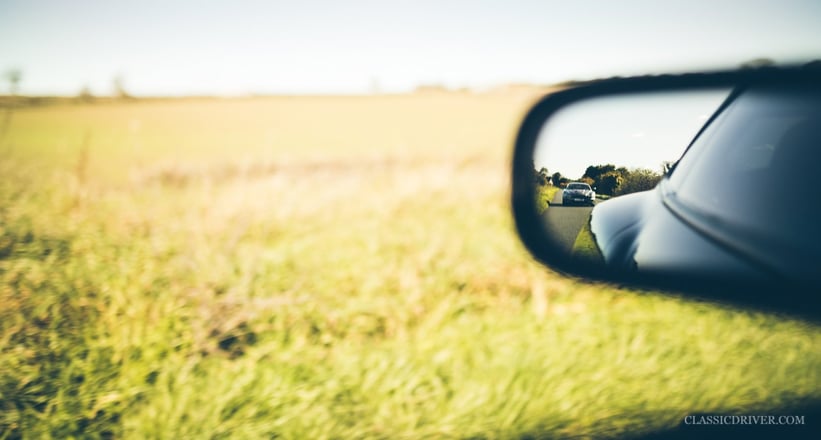
This 2007 Vanquish S, which is currently for sale with Classic Driver dealer Desmond J. Smail, was one of the last off the line at Newport Pagnell. Its odometer reads just 8,800 miles, and it shows — it’s immaculate, inside and out. We get a brief yet joyous spell behind the wheel, and despite the idiosyncratic gearbox, the car feels genuinely fast.
As you’d expect, that roaring 12-cylinder engine and oodles of torque (425 lb-ft) dominate the driving experience, but it feels nimble and flat on its feet, too. The updated ‘big screen’ interior feels dated in comparison to the DBS, but it’s still a marked improvement over the earlier cars — a lovely place to sit.
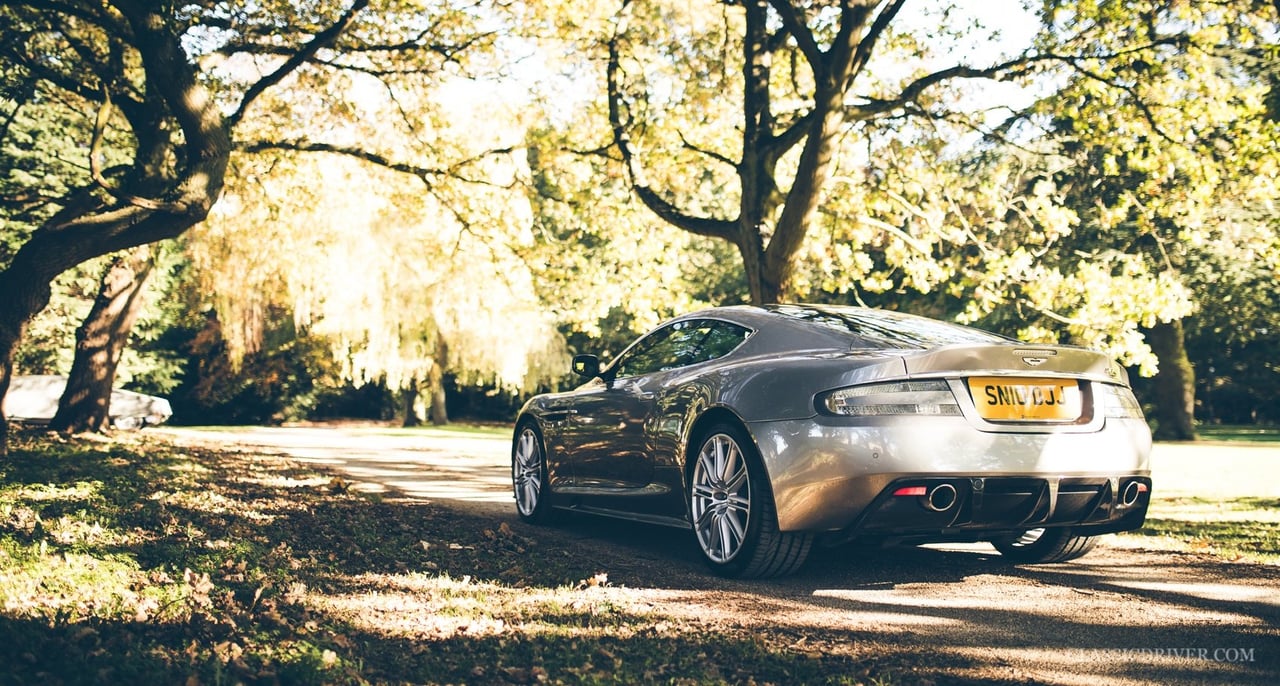
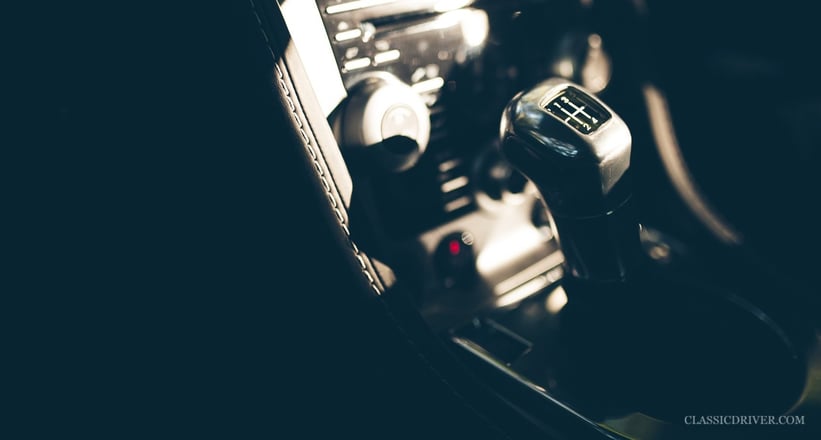
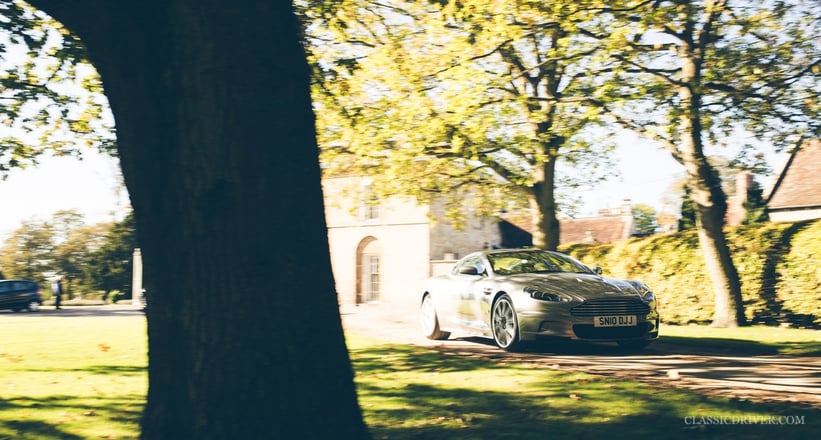
While the Vanquish’s majesty and menace appear effortless, the comparatively fussy DBS looks like a bit of a try-hard, even in Tungsten Silver. But that’s not to say it’s a bad-looking car — there’s a DB9 in there, after all. What really surprised us about the DBS was its refinement on the road. Cocooned in the snug and cosseting interior, the positively anti-social bark of the 510bhp V12 only makes itself properly felt after you’ve buried your foot. It’s certainly quicker and more comfortable point-to-point than the Vanquish, and the six-speed manual — operated by that ever-so-tactile aluminium knob — is a joy. But, call us old-fashioned, we can’t help but yearn for that in-your-face and slightly unruly attitude of its older brother.
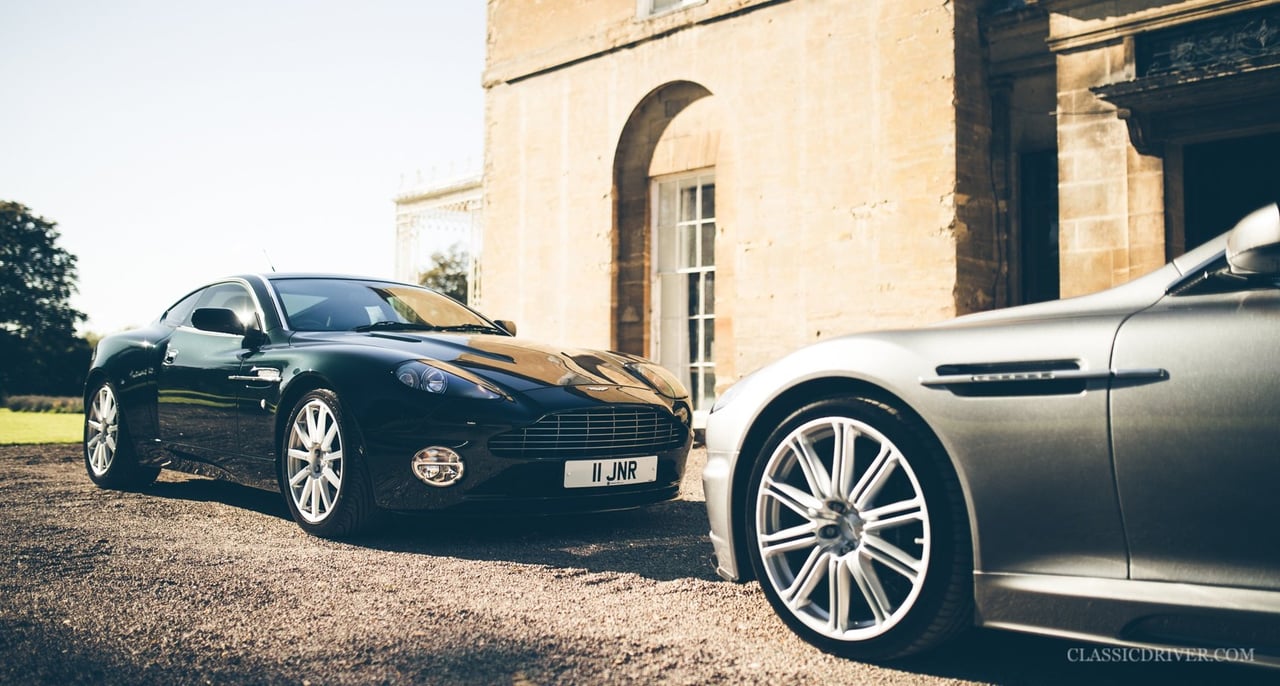
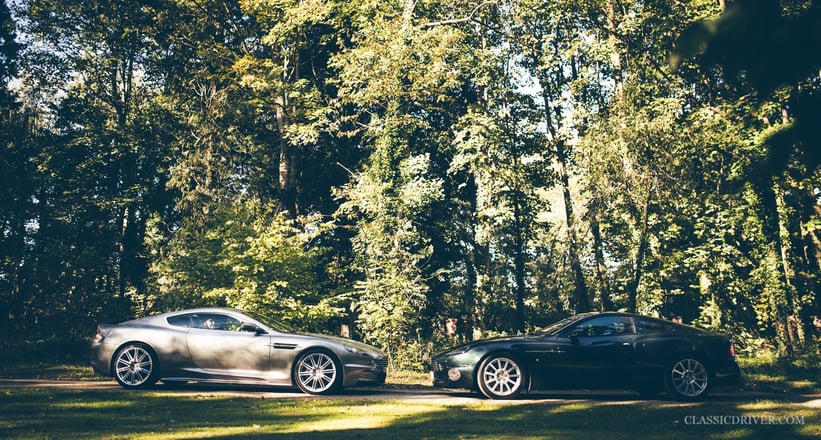
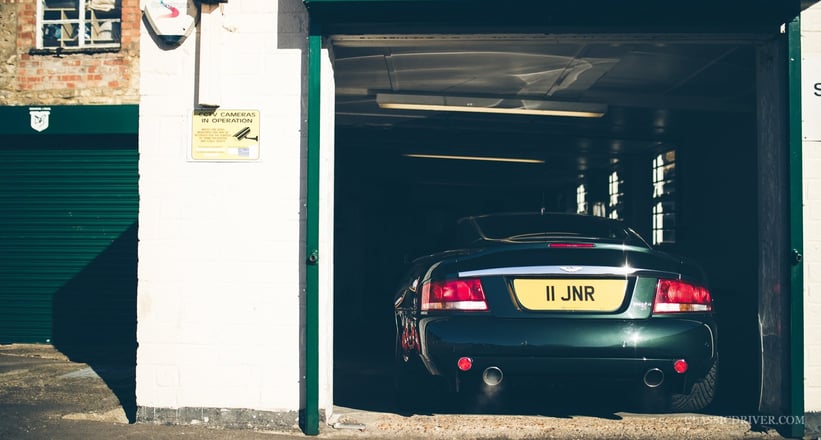
Both of these cars look the part, boast soul-stirring soundtracks, are ideal partners for cross-continental jaunts, and will always leave a smile on your face. And while the DBS was built solely at Gaydon, both encapsulate the majesty and historically bespoke nature of Aston Martin, in their own distinct ways. We imagine if, in 2007, you’d forked out the extra 17-odd grand for one of the last Vanquish Ses over a DBS, people would have thought you were mad. But in hindsight, it’s the car we’d rather own — a very special machine from a time when old met new.
The best thing to note about this precious pair, however, is that both can be bought for considerably less than they were sold for new. And in a world of Aston Martins with ever-more Mercedes componentry, people will only look more fondly at these ‘purebred’ machines that so beautifully define the brand.
Photos: Tom Shaxson for Classic Driver © 2018






































